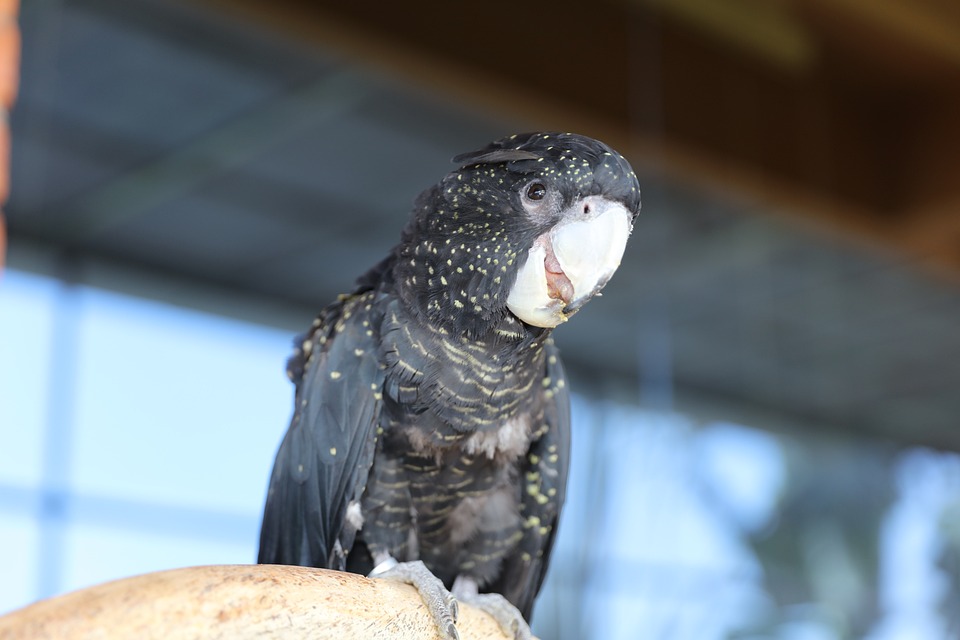Parrots are intelligent and social creatures that can experience stress just like humans. It is important for parrot owners to recognize the signs of stress in their feathered friends and provide them with relaxation techniques to promote a calm and harmonious environment. In this article, we will explore how to recognize signs of stress in your parrot and various relaxation techniques you can implement to help them unwind.
Recognizing Signs of Stress in Your Parrot
Parrots can exhibit several behavioral and physical changes when they are under stress. By being aware of these signs, you can take proactive steps to address the underlying causes. Here are some common signs of stress in parrots:
Behavioral Changes
One of the most common behavioral changes in stressed parrots is feather plucking or excessive preening. They may also become aggressive or exhibit excessive biting towards their owners or other pets. Additionally, loss of appetite or weight loss, increased vocalization or silence, and excessive pacing or restlessness can indicate high levels of stress.
Physical Indications
Stressed parrots may display physical indications such as fluffed-up feathers, rapid breathing or panting, dilated pupils, regurgitation, vomiting, or abnormal droppings. These physical signs can be a result of various stressors and should not be ignored.
Environmental Factors
Several environmental factors can contribute to stress in parrots. Noise pollution, inadequate cage size or setup, lack of mental stimulation, inconsistent daily routines, and poor diet or nutrition can all lead to heightened stress levels in parrots. It is essential to assess and address these factors to provide a comfortable living environment for your feathered companion.
Relaxation Techniques for Stressed Parrots
Once you have identified the signs of stress in your parrot, it is time to implement relaxation techniques to help them unwind. Here are some effective strategies:
Creating a Calming Environment
Provide your parrot with a quiet and secluded space where they can retreat when they feel overwhelmed. Use soothing background noises like soft music or nature sounds to create a calming atmosphere. Ensure proper lighting conditions in their living space and maintain a clean and hygienic cage to promote a sense of security.
Enrichment and Mental Stimulation
Offer a variety of toys and puzzles to keep your parrot mentally engaged and prevent boredom. Rotate toys regularly to keep their interest levels high. Engage in interactive playtime with your parrot to provide them with mental and physical stimulation. Additionally, encourage foraging and food puzzles to mimic their natural foraging behaviors.
Positive Reinforcement and Bonding
Utilize positive reinforcement training techniques to reward desired behaviors and help your parrot associate positive experiences with their environment. Spend quality time with your parrot, establishing a consistent daily routine that includes playtime, training, and bonding activities. Engage in gentle physical contact, if desired by the parrot, to strengthen the bond between you and your feathered friend.
Frequently Asked Questions (FAQs) about Parrot Stress and Relaxation
Q1: Can parrots get stressed if left alone for long periods?
A1: Yes, parrots are highly social animals and can become stressed if left alone for extended periods. It is important to provide them with mental stimulation and companionship.
Q2: How long does it take for a stressed parrot to recover?
A2: The recovery time for a stressed parrot can vary depending on the severity of the stress and the effectiveness of the relaxation techniques implemented. It is essential to be patient and consistent in providing a stress-free environment.
Q3: Should I change my parrot’s diet to reduce stress?
A3: A balanced and nutritious diet is crucial for a parrot’s overall well-being. While dietary changes alone may not alleviate stress, providing a healthy diet can contribute to their overall health and resilience.
Q4: Can I use essential oils to calm my parrot?
A4: It is best to avoid using essential oils around parrots as their respiratory systems are sensitive. Consult with an avian veterinarian before using any aromatherapy products.
Q5: How can I tell if my parrot is enjoying the relaxation techniques?
A5: Each parrot has unique preferences, so it is essential to observe their behavior closely. If your parrot engages with the relaxation techniques, exhibits calmness, and shows interest in their environment, it is a positive indication that they are enjoying the techniques.
Conclusion
Recognizing signs of stress in your parrot and providing relaxation techniques are crucial for their overall well-being. By creating a calming environment, offering mental stimulation, and establishing a positive bond, you can help your parrot unwind and lead a stress-free life. Remember, every parrot is unique, so it is important to tailor the relaxation techniques to suit their individual needs. With proper care and attention, you can ensure a harmonious and stress-free environment for your feathered companion.









